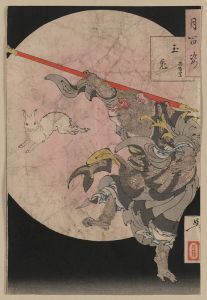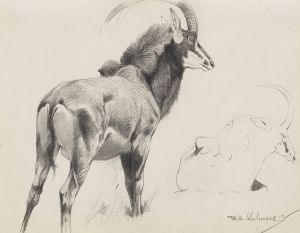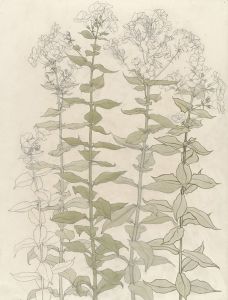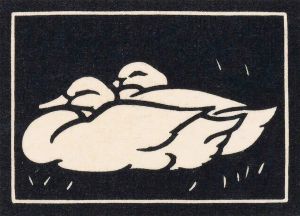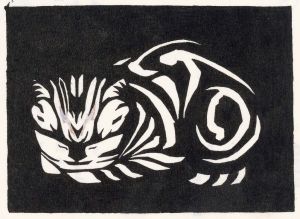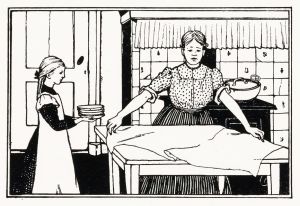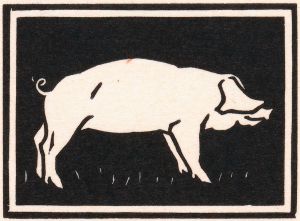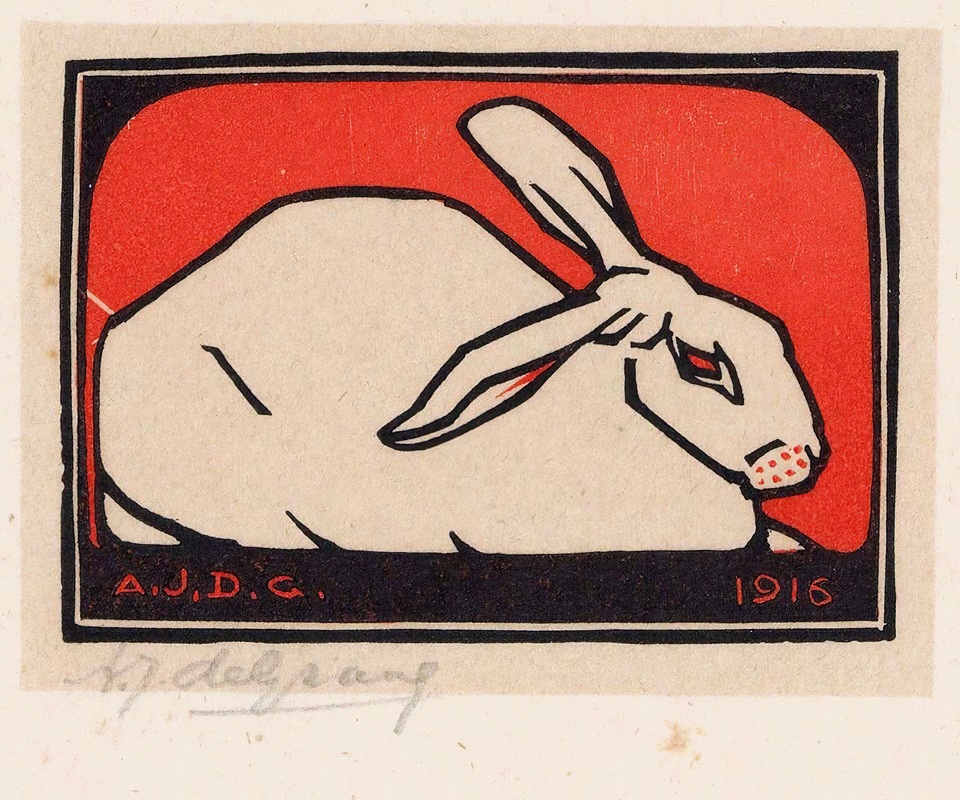
Liggend konijn
A hand-painted replica of Julie de Graag’s masterpiece Liggend konijn, meticulously crafted by professional artists to capture the true essence of the original. Each piece is created with museum-quality canvas and rare mineral pigments, carefully painted by experienced artists with delicate brushstrokes and rich, layered colors to perfectly recreate the texture of the original artwork. Unlike machine-printed reproductions, this hand-painted version brings the painting to life, infused with the artist’s emotions and skill in every stroke. Whether for personal collection or home decoration, it instantly elevates the artistic atmosphere of any space.
Julie de Graag (1877–1924) was a Dutch artist known for her graphic works, including woodcuts, linocuts, and drawings. Her art often depicted animals, plants, and everyday objects with a focus on simplicity, clarity, and strong contrasts. One of her notable works is Liggend konijn (translated as Lying Rabbit), a black-and-white depiction of a rabbit in a reclining position.
Liggend konijn exemplifies de Graag's characteristic style, which was influenced by the Art Nouveau movement and the Arts and Crafts movement. The piece is a linocut, a printmaking technique in which an image is carved into a linoleum surface, inked, and then pressed onto paper. This method allowed de Graag to achieve sharp lines and striking contrasts, which are hallmarks of her work. The rabbit in the artwork is rendered with a sense of calm and simplicity, emphasizing its natural form and texture.
De Graag's art often reflected her interest in nature and her ability to distill complex subjects into clean, minimalist compositions. Her works were appreciated for their technical precision and aesthetic appeal. Despite her talent, de Graag's career was relatively short, as she struggled with health issues and depression throughout her life. She passed away in 1924 at the age of 47.
Liggend konijn is part of a broader body of work that highlights de Graag's skill in capturing the essence of her subjects with minimal detail. The piece is considered a fine example of early 20th-century Dutch graphic art and continues to be appreciated for its timeless simplicity and elegance. Today, her works are held in various collections, including museums and private holdings, where they are recognized for their contribution to Dutch art and printmaking.
No further specific historical or contextual information about Liggend konijn is available.







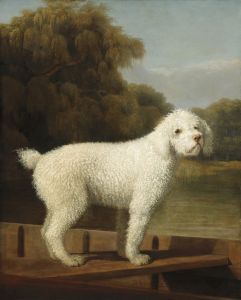
![Interior of the mosque of the Metwalys [Metwalis].](/imgs/217497/s/david-roberts-interior-of-the-mosque-of-the-metwalys-metwalis-d41ed7bd.jpg)

